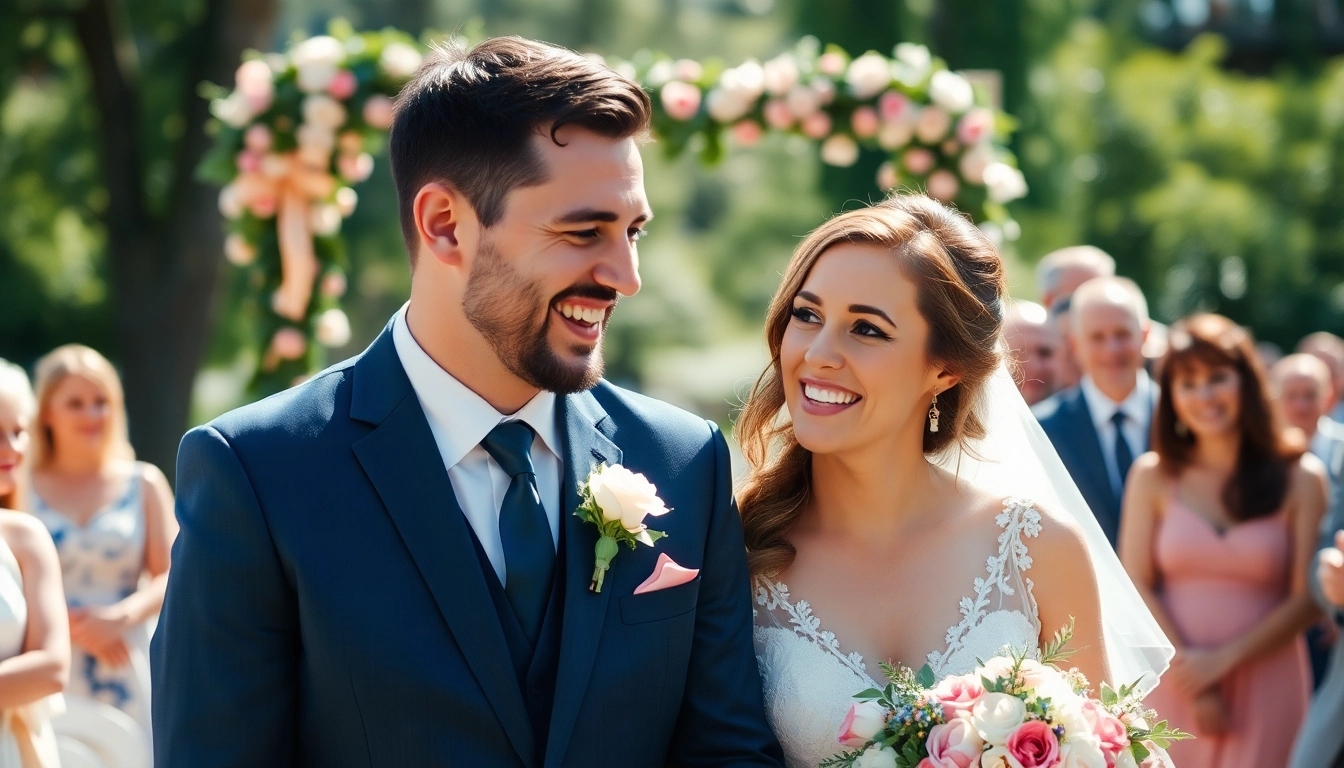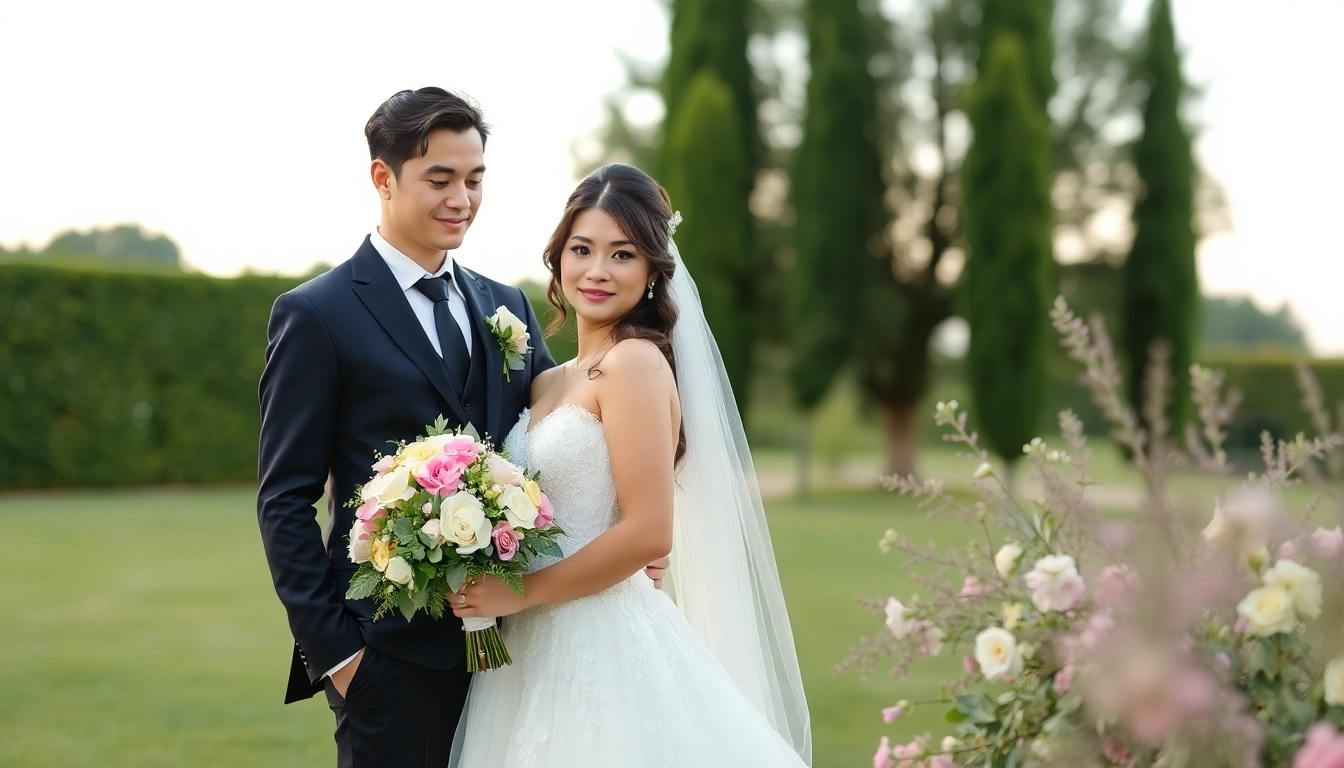Introduction to Head Shape and Its Importance
Understanding your head shape is a crucial aspect of personal grooming, styling, and overall aesthetic harmony. The concept of head shape goes beyond mere physical appearance; it influences hairstyle choices, accessories, and even the way after-effects like face contouring look in harmony with your natural proportions. When you recognize the nuances of your head shape, you can make informed decisions, ensuring your style complements your unique silhouette and highlights your best features. This knowledge is empowering, as it enables you to select haircuts that emphasize your strengths while minimizing areas you may wish to draw less attention to.
If you’re interested in discovering ways to optimize your hairstyle for your natural head profile, it’s worth exploring detailed guides and expert insights. For example, diving into comprehensive analyses of head shape can provide tailored advice, helping you craft a look that feels authentic and flattering.
What Is a Head Shape and Why Does It Matter?
Head shape refers to the overall contour and proportions of your skull, typically categorized into various general types. Recognizing your head shape is essential because it influences how hairstyles, accessories, and even facial features visually interact. A well-suited haircut can accentuate your natural symmetry, add balance, and boost confidence. Conversely, a mismatch can sometimes have the opposite effect, creating imbalance or emphasizing undesired features.
From a practical standpoint, understanding head shape allows stylists and individuals alike to customize styles, enhancing personal appearance. It also plays a role in accessory selection, such as glasses or hats, ensuring each element harmonizes with your unique silhouette so you always look polished and intentional.
Common Types of Head Shapes and Their Characteristics
While every individual has a unique skull outline, several broad categories are often used to classify head shape. These include:
- Oval: Characterized by balanced proportions with a slightly narrower jawline than the forehead. Often considered the most versatile shape, offering flexibility in styling.
- Round: Marked by full cheeks and a rounded jawline, with the width and length of the head being nearly equal. Styles for round heads often aim to elongate or add angles.
- Square: Defined by a strong jawline and a broad forehead, with a more angular contour. Haircuts that soften the jawline are ideal here.
- Heart-Shaped: Featuring a wider forehead and a narrow chin, resembling a heart. Balancing the broader upper face with styles that add width to the lower area can help achieve harmony.
- Long/Oblong: Characterized by a longer-than-wide face with a prominent vertical elongation. Styles that add width and volume can help create balance.
Understanding these categories helps you determine the best approaches for enhancing your natural features and choosing appropriate styling techniques.
How Head Shape Influences Haircut and Styling Decisions
Your head shape directly impacts the choice of hairstyles, from length and volume to texture and parting patterns. For instance, individuals with round heads may benefit from textured layers or height-enhancing styles to create the illusion of length, while those with square heads might opt for softer, rounded cuts to counterbalance their angular features.
Recognizing your unique head configuration allows stylists to craft looks that visually elongate, shorten, soften, or add definition where needed. This targeted approach not only complements your face but also boosts your confidence, ensuring you feel your best in every setting.
Identifying Your Head Shape Accurately
Step-by-Step Guide to Measuring Your Head Shape
- Gather tools: You will need a flexible measuring tape, a mirror, and a pen and paper for notes.
- Measure your head’s width: Wrap the measuring tape around the widest part of your head, typically just above the eyebrows and ears. Record this measurement.
- Measure your head’s length: Measure from the middle of your hairline (or forehead) to the prominent bump at the back of your skull (occipital bone). Note this measurement.
- Assess shape ratios: Compare the width and length measurements; if they are nearly equal, you may have a round or square head. If the length exceeds the width significantly, it could indicate a long/oblong shape.
Additional measurements, such as cheekbone width and jawline length, can further refine your understanding but are optional for initial classification.
Tools and Techniques for Precise Head Shape Analysis
For greater accuracy, professional tools like 3D scanning or facial analysis apps can provide detailed insights. Some stylists utilize digital photographs analyzed with dedicated software to create precise 3D models of your head shape. These techniques allow for detailed customization in styling and accessory choices.
DIY methods, such as tracing your head outline on paper or using smartphone apps designed for facial measurement, can suffice for general classification. Ensure your measurements are taken multiple times for consistency and accuracy.
Common Mistakes to Avoid When Determining Head Shape
- Using incorrect reference points: Ensure measurements are taken at the widest and longest points for consistency.
- Measuring too loosely or tightly: Keep the tape snug but not tight to avoid skewed results.
- Ignoring natural hair volume or style: Your current hairstyle can distort perceived shape; try to analyze when hair is styled naturally or after a fresh cut.
- Relying on visual guesswork: Objective measurements lead to more accurate classifications.
Awareness of these pitfalls helps ensure you identify your head shape correctly, leading to better styling decisions.
Optimizing Haircuts and Styles for Different Head Shapes
Best Haircut Ideas for Oval and Round Head Shapes
Oval heads are highly versatile. You can opt for almost any hairstyle, from layered cuts to textured styles. To add volume and dimension, consider layers that frame the face. For round heads, styles that create the illusion of length—such as height at the crown, asymmetrical cuts, or vertical fringes—are flattering. Textured bangs and layered tops help elongate the appearance of the face.
Styling Tips for Square and Heart-Shaped Heads
Square head shapes benefit from softening angular features with rounded hairstyles, layered cuts, or side-swept bangs. Avoid blunt, straight lines that accentuate the jawline. For heart-shaped faces, hairstyles that add width or volume around the jawline help balance a broader forehead. Chin-length bobs, waves, and side-parted styles can create visual harmony.
Expert Recommendations for Face and Head Shape Harmony
Professionals recommend tailoring your hairstyle to both your head and face shape for optimal aesthetics. For example, round and long faces can benefit from styles that add height and volume vertically, while angular shapes are complemented by softer, layered looks. Consulting with a hairstylist experienced in shape analysis ensures personalized guidance that aligns with your natural features.
Styling Tips to Enhance Your Head Shape Naturally
Choosing the Right Hair Length and Texture
The length and texture of your hair can dramatically influence how your head shape is perceived. Shorter cuts can add structure and highlight bone contours, while longer layers soften harsh angles. Curly and wavy textures add volume and dimension, helping to balance out certain shapes, especially square and rectangular heads.
Accessories and Props That Complement Different Head Shapes
Accessories such as hats, glasses, and jewelry should be selected based on your head shape. For example, wide-brimmed hats suit round and oblong shapes by adding width or balancing length. Angular glasses complement square faces, whereas rounded or oval frames soften angular features. Thoughtful accessory choices can enhance your overall look and reinforce your natural head profile.
Maintaining Your Head Shape Profile Throughout Growth
Our head shape can subtly change over time due to factors like aging, weight fluctuations, and hair growth patterns. Regular assessments and adaptable styling ensure your appearance stays harmonious. Working with trained stylists for periodic updates helps preserve the balance and proportion of your style as your features evolve.
Practical Case Studies and Success Stories
Before-and-After Examples of Head Shape-Based Styling
Many individuals have transformed their look by understanding their head shape. For instance, a client with a round head who previously wore flat styles discovered that adding height and layers created a more elongated appearance. These transformations often significantly boost confidence and satisfaction.
Customer Testimonials and Personal Experiences
Users report feeling more confident and satisfied after tailoring their hairstyles to their head shape. One testimonial highlights how adjusting a haircut to match their square head’s natural angles made their features appear softer and more harmonious.
Expert Advice from Hair Styling Professionals
Professionals emphasize that personalized analysis is key. Tailored cuts respecting natural head contours emphasize unique beauty rather than striving for a one-size-fits-all approach. Their insights reinforce the importance of understanding head shape for optimal styling success.












